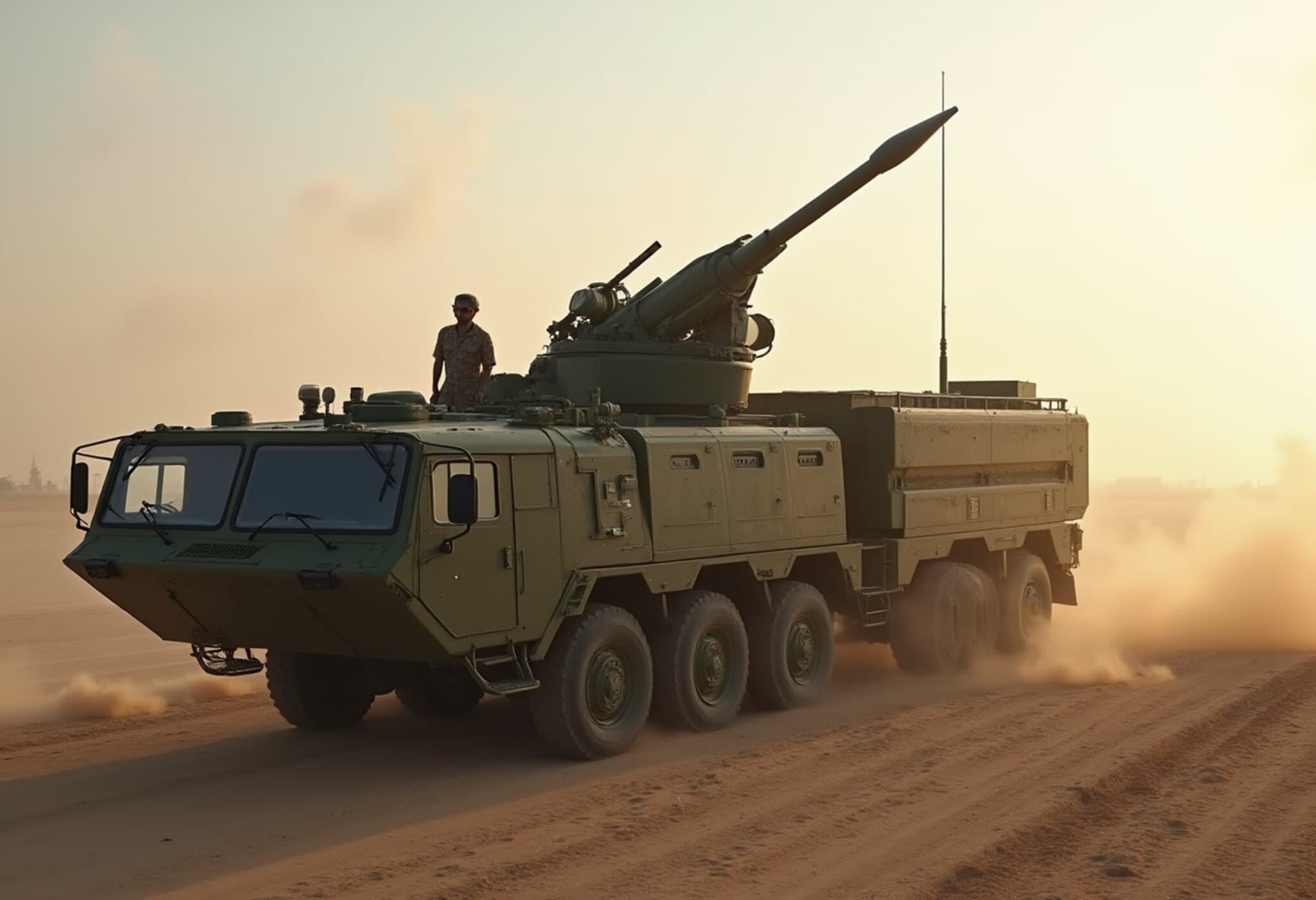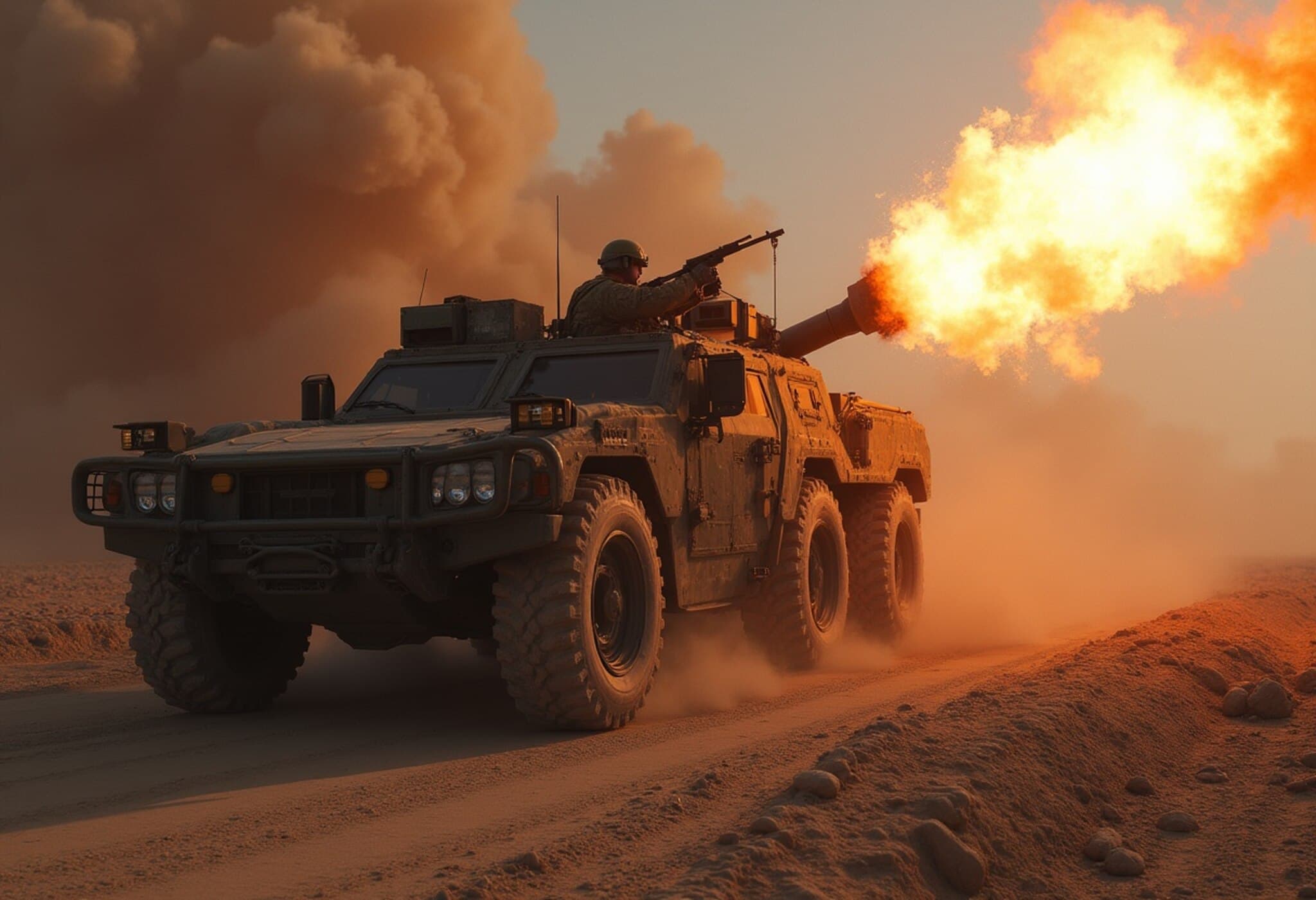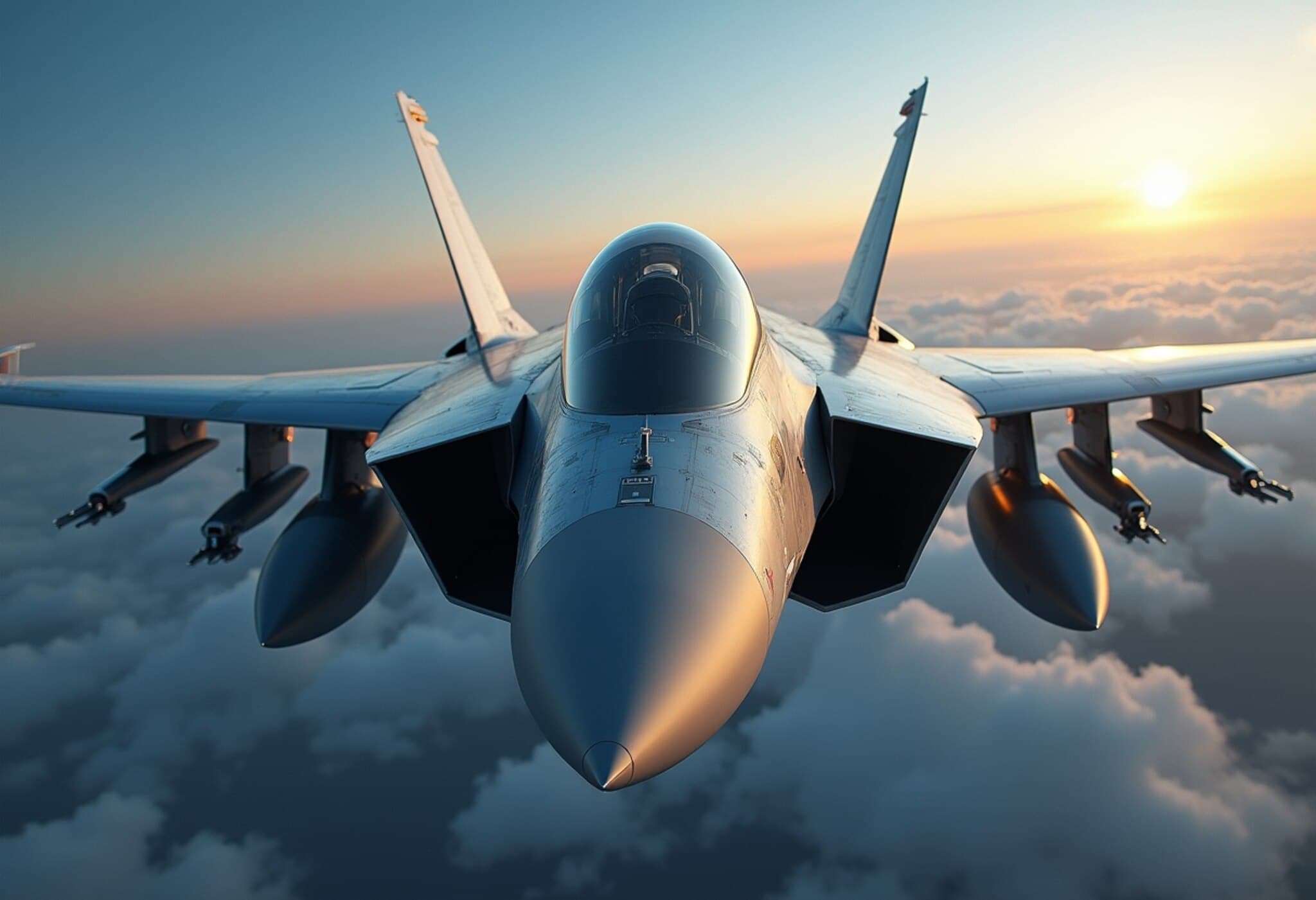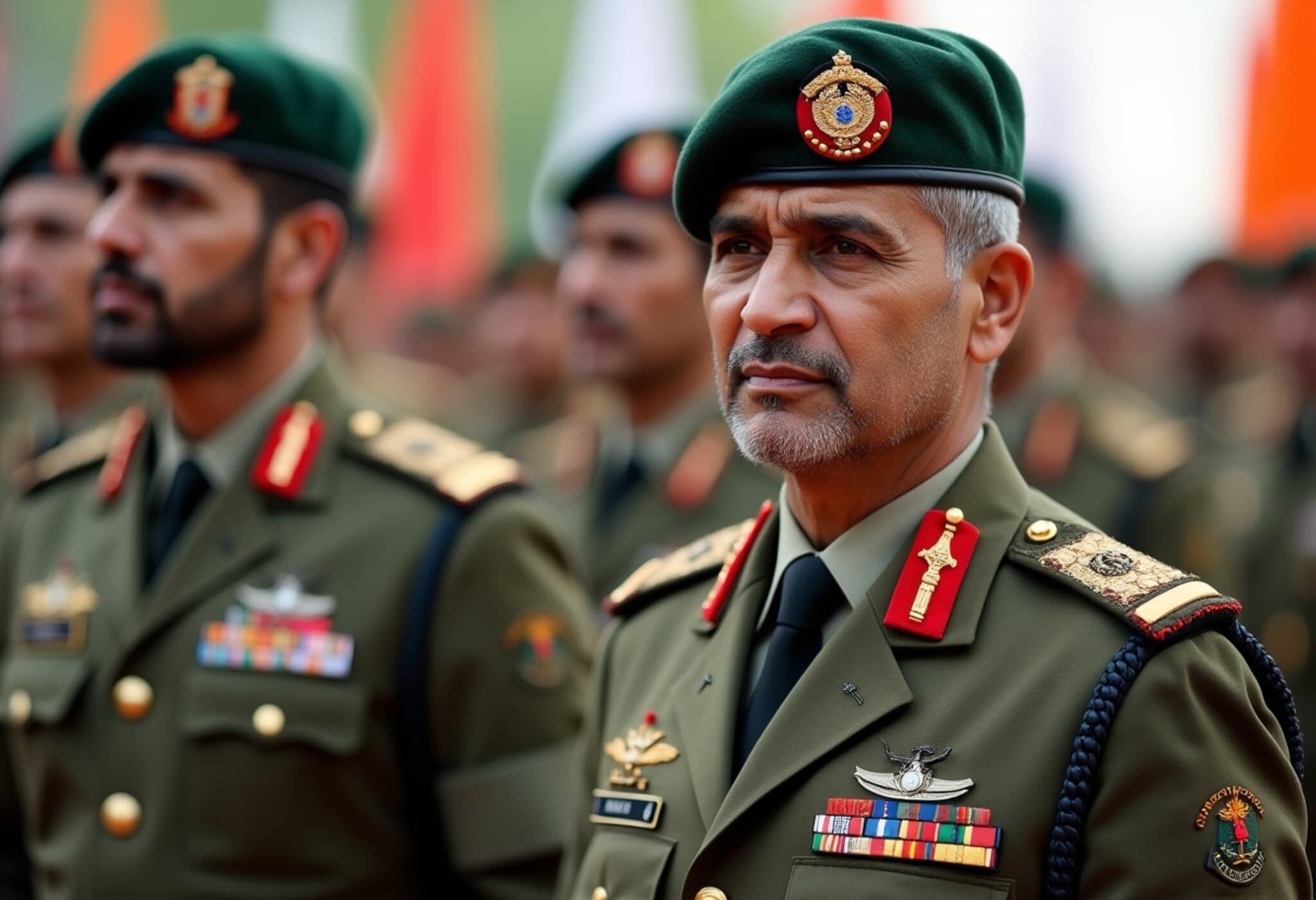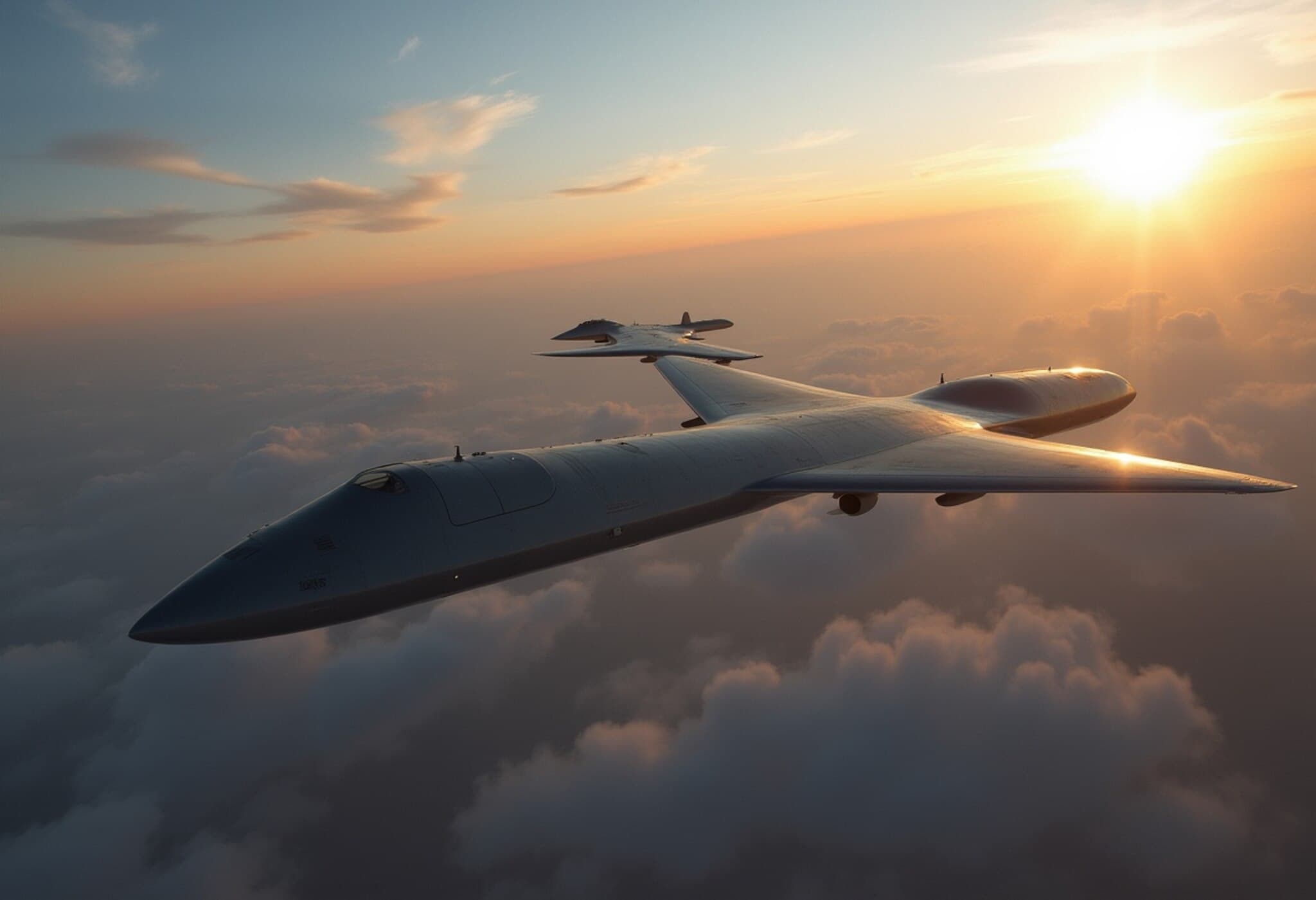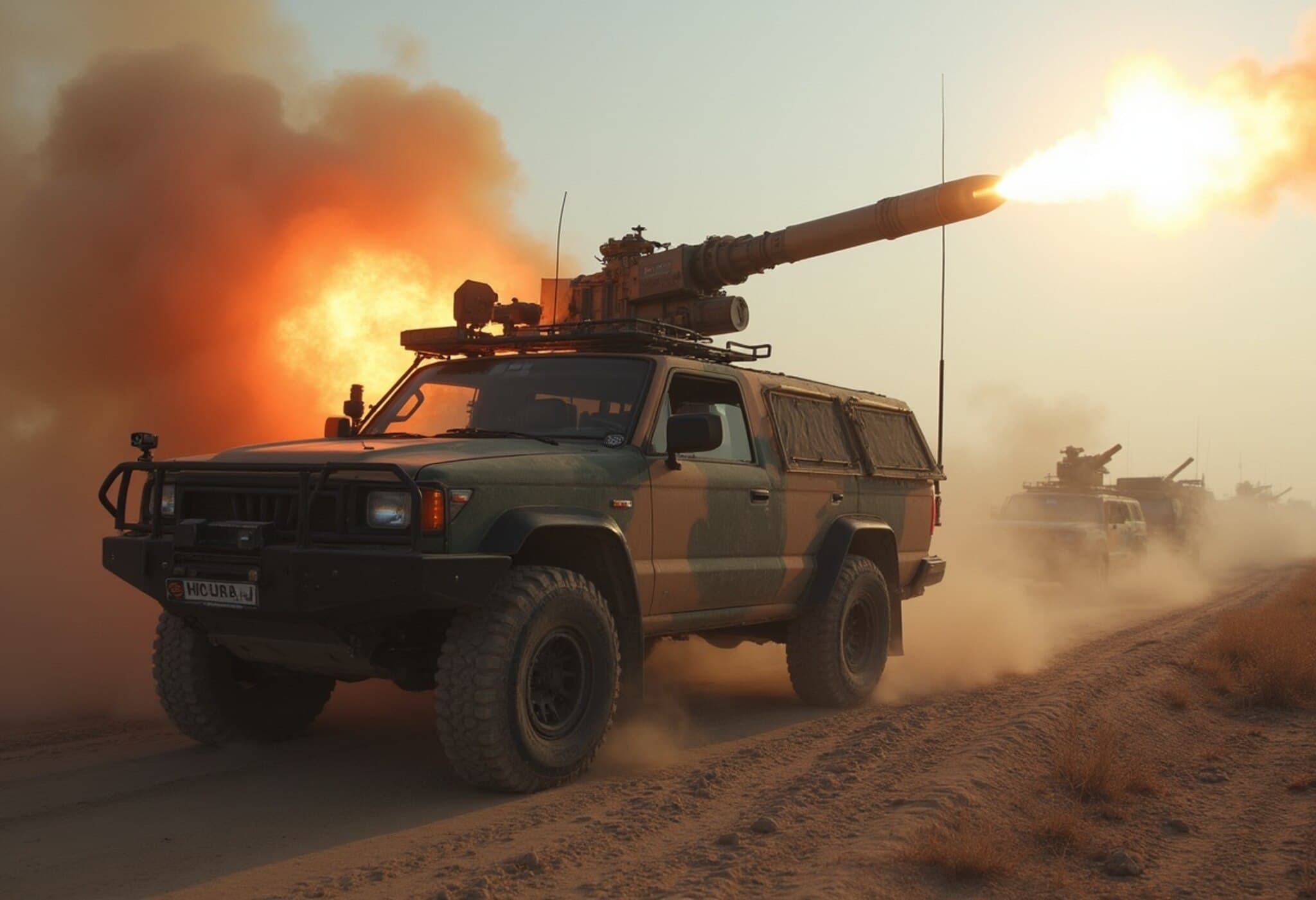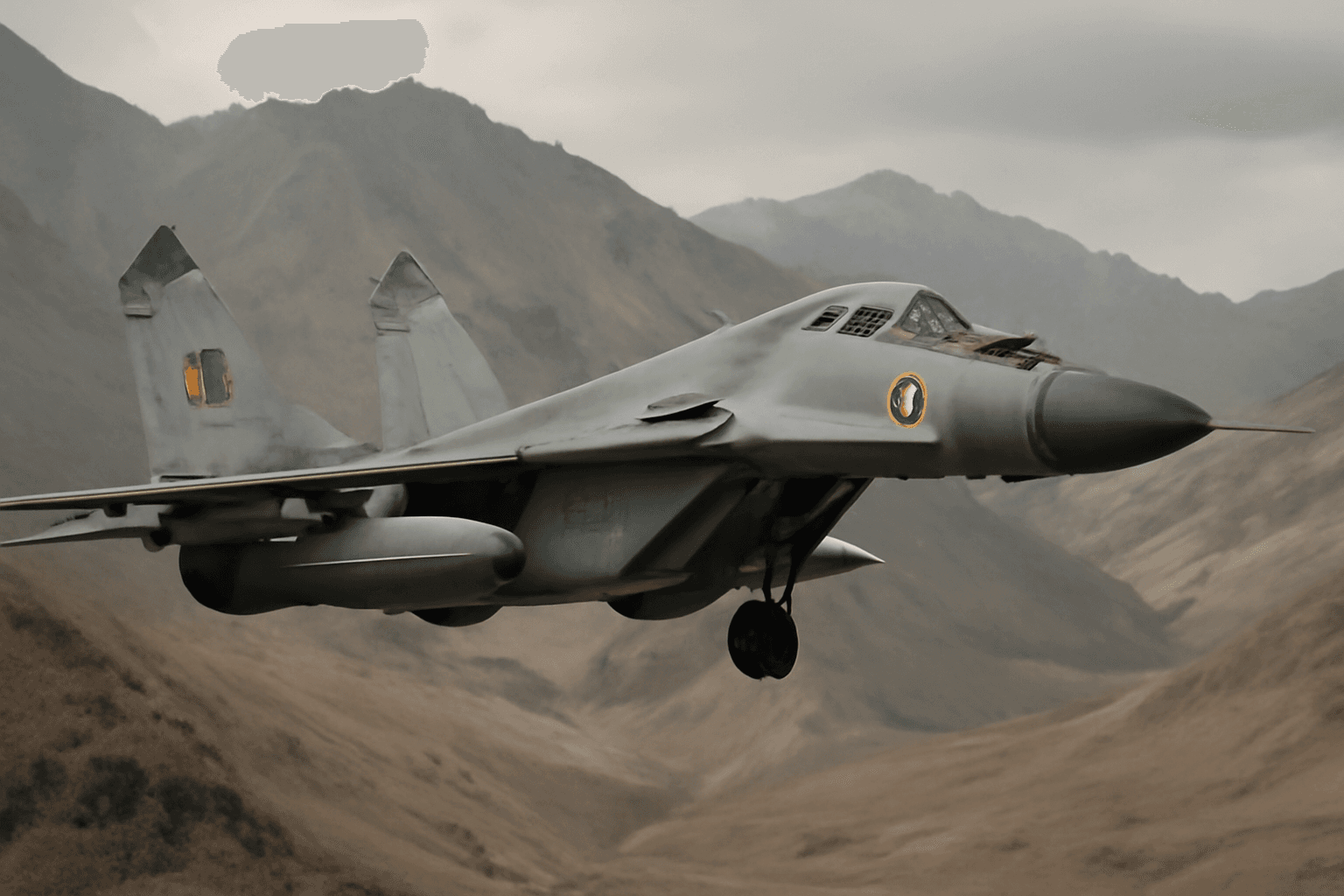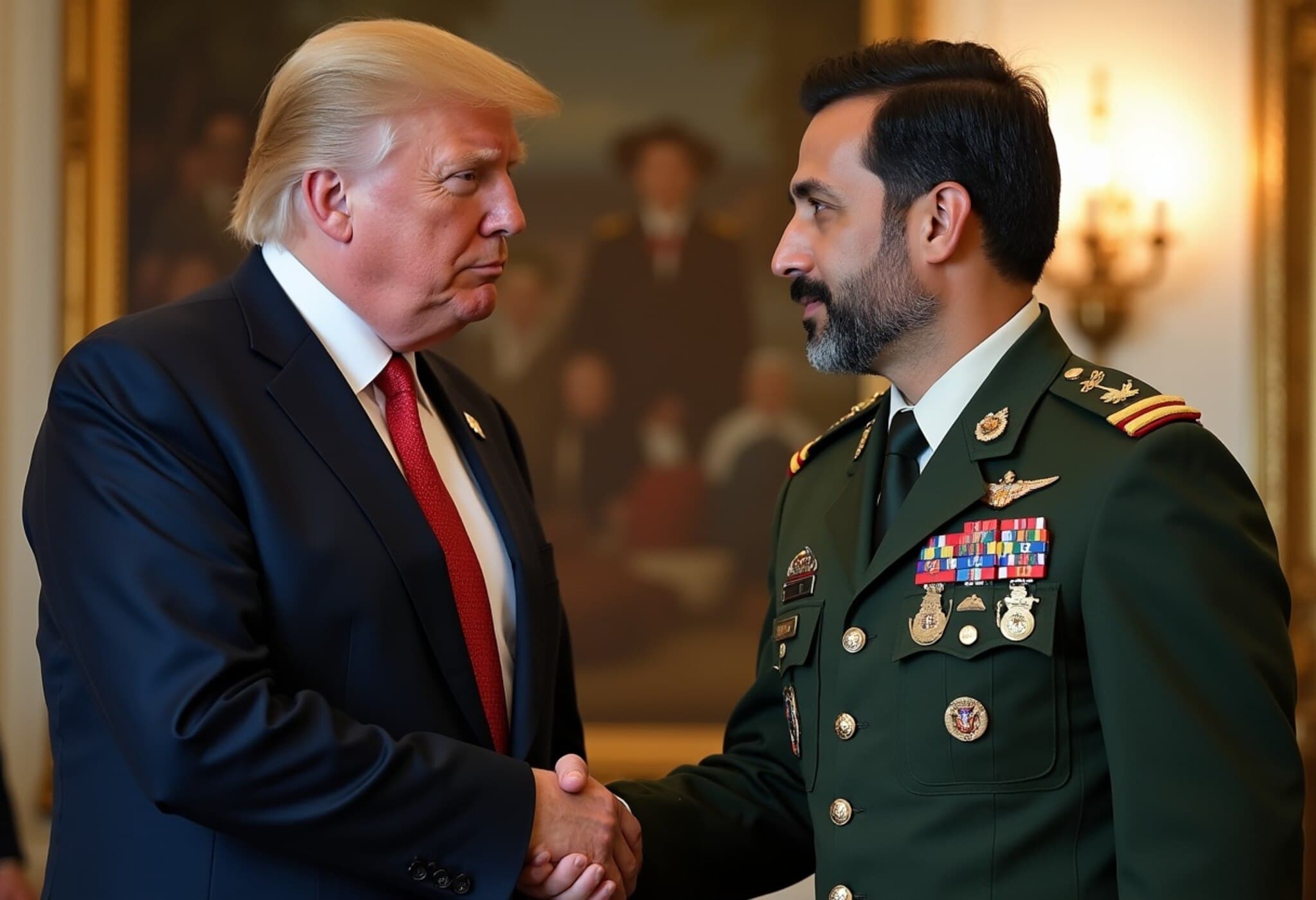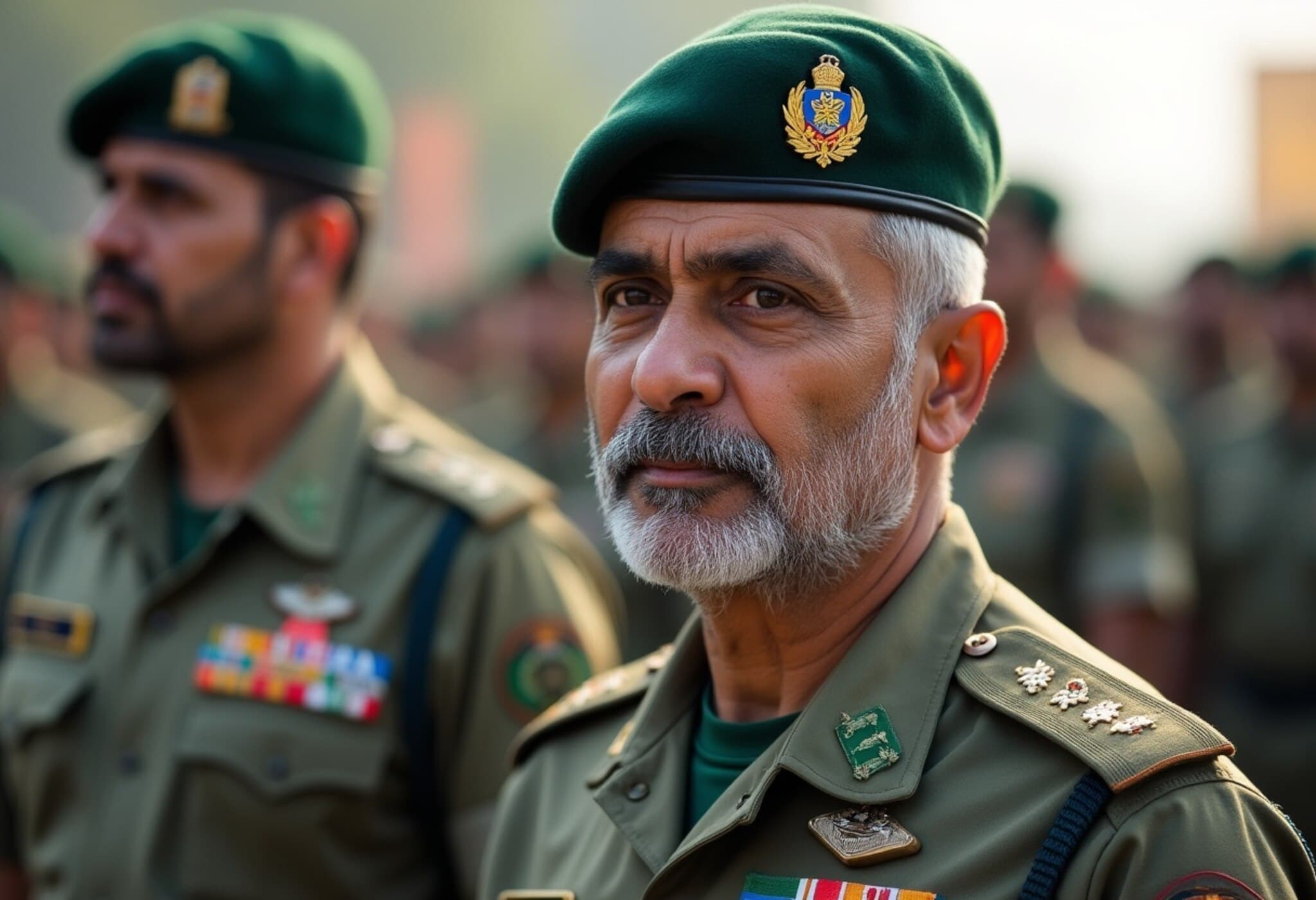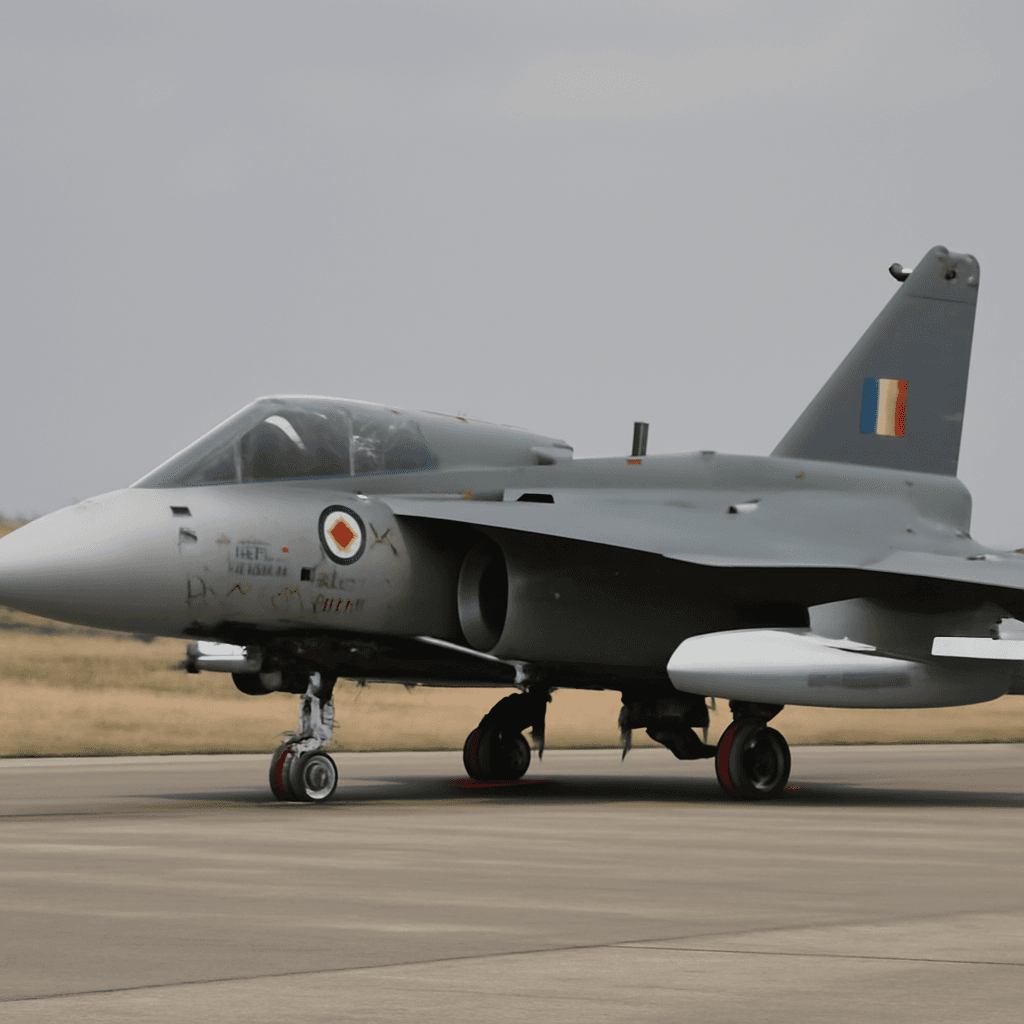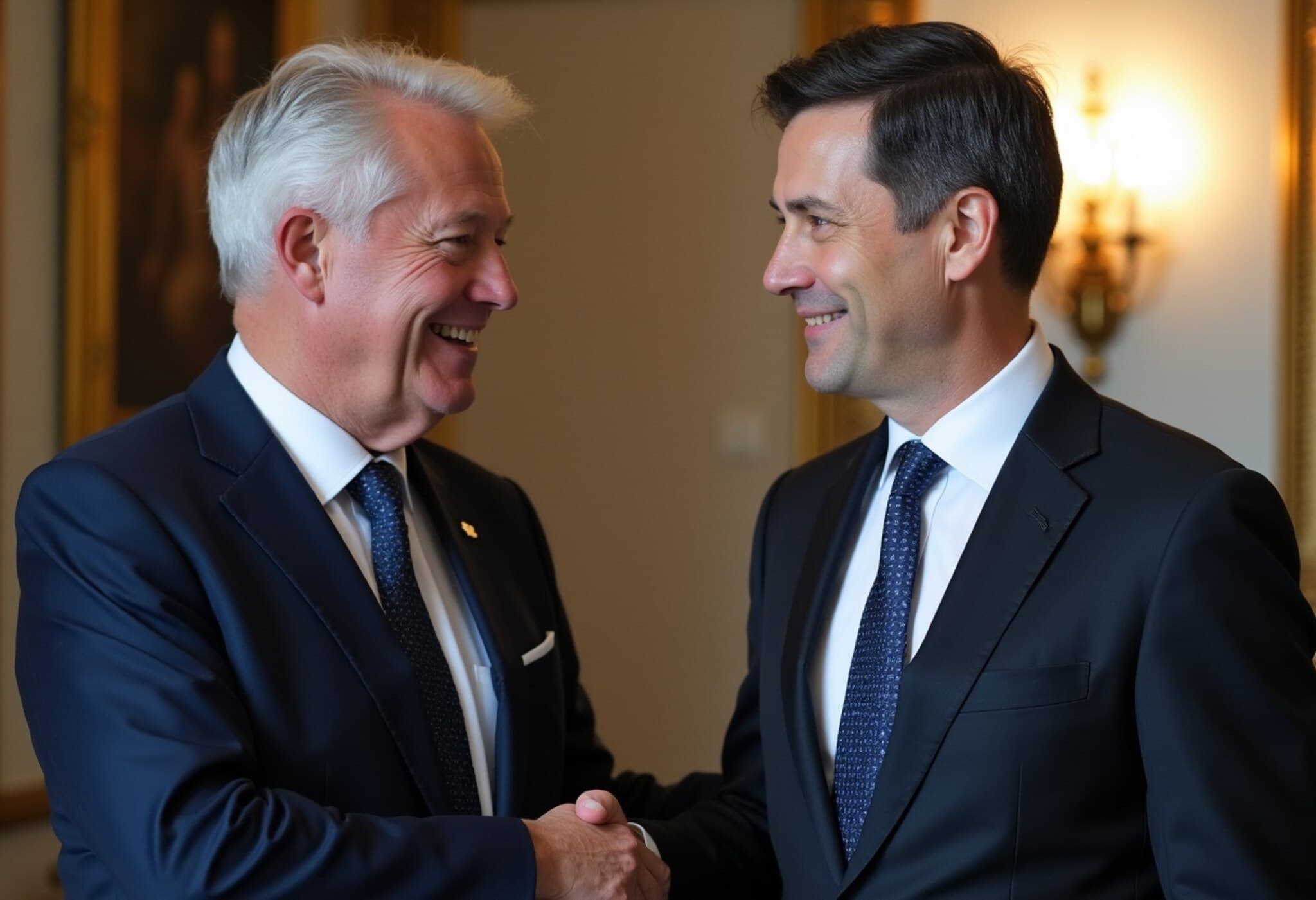India’s S-400 'Sudarshan Chakra': A Game-Changer in Air Defence
In a dramatic demonstration of its air defence prowess, India’s S-400 Triumf missile system, affectionately renamed the "Sudarshan Chakra", notably shot down five Pakistani fighter jets and an airborne early warning and control (AEW&C) aircraft during the April Operation Sindoor. This remarkable feat, confirmed by Indian Air Force Chief Air Chief Marshal Amar Preet Singh, marked the largest surface-to-air kill tally in India’s military history.
Singh disclosed these details during the Air Chief Marshal LM Katre Memorial Lecture in Bengaluru, highlighting the operational range and capabilities of the system. The AEW&C aircraft was neutralized approximately 300 kilometres from the launch point, underscoring the S-400’s strategic deep-strike protection. In addition to targeting manned aircraft, the system intercepted multiple aerial drones and incoming missiles, asserting its role as a robust shield along India’s borders.
The S-400 Journey: From Moscow’s Defence Lines to the Himalayas
The Russian-made S-400 Triumf was first unveiled in 2007 as a flagship air defence system designed to protect Russia's airspace, initially securing Moscow. It has since seen combat-oriented deployment in conflict zones such as Syria and Crimea. Recognizing the strategic advantage it offered, India signed a landmark $5.43 billion contract in 2018 for five S-400 regiments, aiming to bolster its aerial defence against persistent threats from both Pakistan and China.
Deployment Timeline and Challenges
- December 2021: Arrival of the first regiment
- April 2022: Arrival of the second regiment
- October 2023: Arrival of the third regiment
These three regiments are now actively securing India's western and northern frontiers. Originally expected to be fully operational by 2023, the program experienced delays attributed largely to the Russia–Ukraine conflict, which caused significant disruptions in supply chains and logistics.
Looking Ahead: Full Operational Capability By 2026
India is on track to receive the fourth and fifth S-400 regiments by February and August of 2026, respectively. Each regiment comprises multiple interceptor missiles capable of engaging and destroying a broad spectrum of threats – from hostile fighter jets to cruise and ballistic missiles – at distances reaching up to 400 kilometres.
The rechristening of the S-400 system as "Sudarshan Chakra" is deeply symbolic, drawing from the mythological weapon of Lord Krishna, representing protection and power. Defence insiders hint at ongoing negotiations for acquiring additional systems to expand coverage and reinforce defence readiness amid evolving regional tensions.
Strategic Implications for India and the Region
With growing geopolitical uncertainties in South Asia, particularly along the long and contested borders with China and Pakistan, the induction of the S-400 enhances India’s deterrence posture significantly. Experts argue this move is not merely about interception but about establishing strategic air supremacy that could redefine regional power balances.
Moreover, the system's integration into India's multi-tier air defence network complements indigenous efforts such as the Ballistic Missile Defence (BMD) shield, reflecting an evolving doctrine focused on layered and technologically advanced defence mechanisms.
Expert Commentary
Dr. Anil Raj, a defence analyst at the Institute for Strategic Studies, observes, "India's deployment of the S-400 system underlines a maturing strategic mindset that prioritizes credible deterrence through technology. Given the complex air threats from both Pakistan and China, having such a long-range, versatile air defence system significantly narrows vulnerabilities."
However, questions remain regarding the reliance on Russian military technology amid shifting global alliances and ongoing sanctions. India’s balancing act in maintaining defence ties while pursuing indigenous development and diversification remains an area to watch.
Summary
- The Indian Air Force’s S-400, dubbed 'Sudarshan Chakra,' achieved unparalleled success in Operation Sindoor by destroying 6 Pakistani aerial targets.
- India’s $5.43 billion S-400 deal, inked in 2018, faced delays due to the Russia-Ukraine conflict but is set for full operational capability by 2026.
- The system significantly boosts India’s air defence infrastructure across sensitive western and northern borders.
- Acquisition and deployment highlight India's strategic approach to layered defence and regional deterrence.
- Ongoing debates focus on geopolitical risks, supply chain dependencies, and the need for domestic defence innovation.
Editor’s Note
India’s S-400 'Sudarshan Chakra' marks a pivotal leap in the country’s aerial defence capabilities amid an increasingly complex security environment. As geopolitical fault lines sharpen, the system offers reassurance but also invites critical questions about future defence dependencies and indigenous technological strides. With full deployment slated for 2026, the coming years will reveal how this advanced missile shield integrates into India’s broader strategic landscape and influences regional stability.

